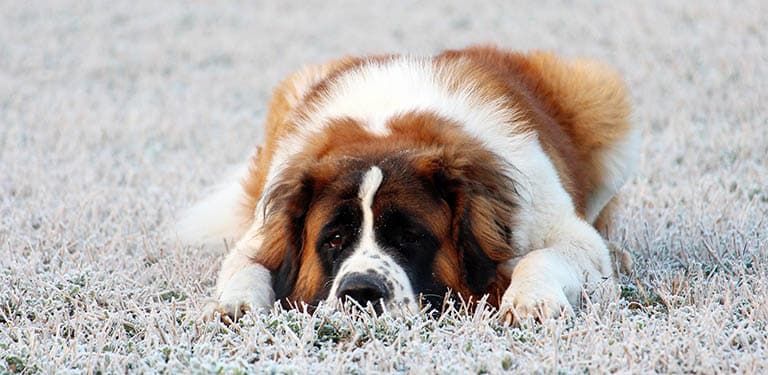Winter is a time when everyone bundles up against the cold. Humans grab their hats and scarves, while dogs transition into their winter coats. The colder months may seem like the perfect time to take a step back from consistent grooming, but maintaining your dog’s winter coat in winter is crucial. Learn more about winter coats and best grooming practices for them below.
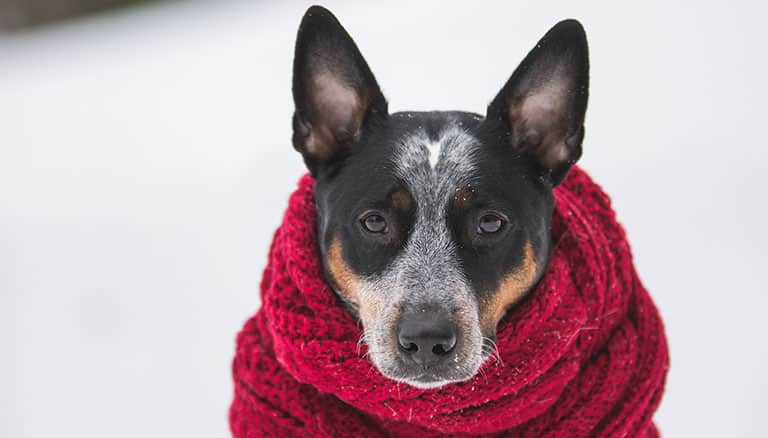
Why do Dogs Get a Winter Coat?
A dog’s fur is thicker in the colder months and thinner in the hotter months. The seasonal shedding cycles correlate to the number of hours the sun is out. Before domestication, dogs needed to protect themselves against the frigid winter weather. They only had their coats to help them stay warm. The shortening of days during the colder months cue the canine’s body to start growing thicker hair. The process goes in reverse when the sun starts to stay out longer – the dog then sheds their extra undercoat.
Double-coated breeds in particular are built for the freezing outdoors. Not only do they grow thicker hair on their top coat, but they also grow an undercoat. The primary coat protects against moisture, and the undercoat helps with insulation.
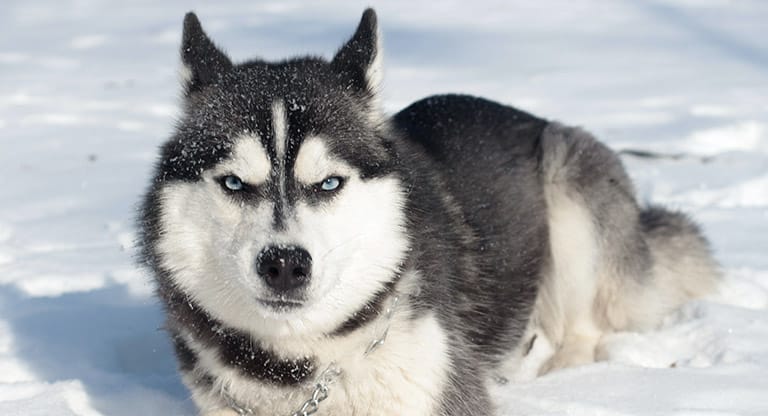
Important Reasons to Groom your Dog in Winter
Preventing Mats and Tangled Hair
Snow and ice can have a negative impact on a dog’s coat. A canine can pick up snow while out for a potty break or exercise, and the dog’s body heat causes the snowflakes to melt and turn into ice clumps. The icicles then collect more snow which creates snowballs covering the dog’s coat. The hair attached to the snow gets wet and tangled. The knotted fur evolves into mats.
Another way a canine’s coat can become matted and tangled is by not brushing out a dog’s undercoat. The loose fur can wrap around the new undercoat coming in. This causes discomfort for the dog. A compacted dog coat may seem like a good thing for winter, though matted fur does not provide warmth or insulation.
Dry, Itchy Skin
During winter, the outdoor air holds less moisture while the air indoors is heated and dry. Whether a dog is out in the yard or inside the house, the air is stripping moisture from their skin. This can cause the skin to become sensitive, dry and flaky.
The dry skin can become very itchy for the dog. They may often scratch or bite the sensitive area. The skin can become irritated with the constant contact with the dog’s nails and teeth or may break open. This opens the skin up to bacterial or fungal infections. If you have noticed your dog is itchy and the area is red, then call your vet to see if they need treatment

Regulating Body Temperature
One way a dog regulates their body temperature is through their fur, but a thick and impacted coat makes this difficult. An outdoor winter adventure can leave a dog with wet hair from the snow and ice. A coat that is well maintained has no problem allowing air to circulate to the roots of the fur and to the undercoat. However, when the fur is compacted the air cannot get through to the damp hair. The lingering wetness can have negative side effects for the dog. Sores on the skin can appear, and there is risk of potential frostbite. The canine can also go into shock due to being too cold and not being able to regulate their temperature.
The Best Grooming Practices for a Dog’s Winter Coat
Regular Bathing
Regular bathing should continue during the wintertime. Though the dog may not be visibly dirty, their skin still needs a good cleaning. Utilizing moisturizing shampoo and conditioner both at home and at the groomer’s will help to hydrate the dry skin. If certain areas of the dog’s body are in bad shape, then speak to your groomer about different skin treatments to add.
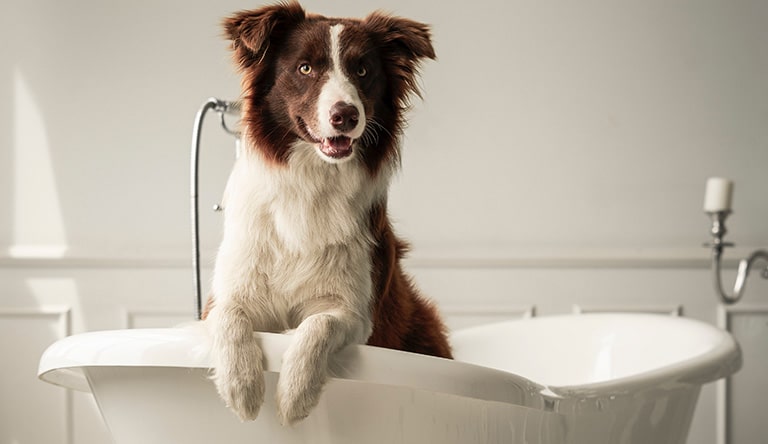
Daily Brushing
Brushing out the dead undercoat and detangling the wet hair are two ways to prevent matting in a dog’s coat. A quick brushing session after each outdoor adventure goes a long way in keeping the dog’s fur in good health. Talk to your groomer about which types of brushes are best for your particular dog. Schedule the grooming appointments every four to six weeks or even every two to four weeks depending on how much at-home care you are able to do.
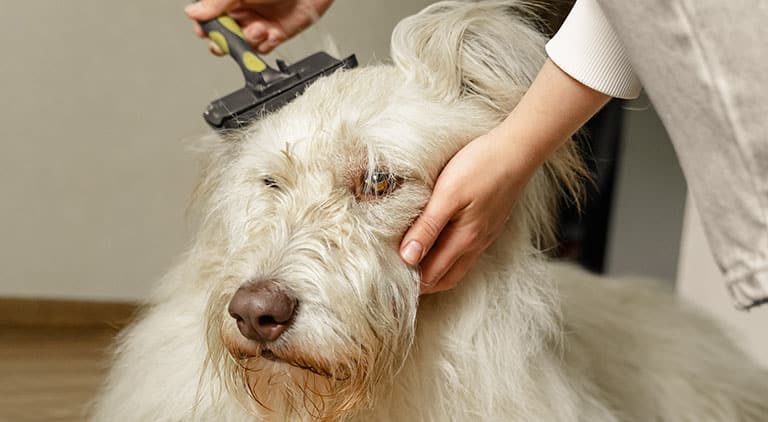
Maintain A Regular Haircutting Schedule
Keeping the dog’s hair length longer may lead to tangled and matted hair. Longer hair needs more frequent brushing, and some pet owners are not able to keep up with the required consistency. Ask your groomer for advice if you want a length that keeps your dog warm in the cold winter months yet doesn’t demand as much at-home care. Read this blog to learn more about basic at-home dog grooming for pet parents.
Wintertime is Dog Grooming Time
The cold months can be harsh on a dog’s coat and skin. A canine can suffer from matted fur, dry skin and an unregulated body temperature. Continuing to put importance on maintaining a consistent dog grooming schedule helps your furry friend to have a healthy coat and skin. Work with your groomer to create the best grooming plan for your particular pet.


